Wingspan 12 m | Length 8.2 m | |
The Hansa-Brandenburg C.I, also known as Type LDD, was a 2-seater armed single-engine reconnaissance biplane designed by Ernst Heinkel, who worked at that time for the parent company in Germany. The C.I had similarities with the earlier B.I (Type FD, also designed by Heinkel), including inward-sloping interplane bracing struts. Like other early-war Austro-Hungarian reconnaissance aircraft, such as C-types of Lloyd or Lohner, the Type LDD had a communal cockpit for its crew.
Contents
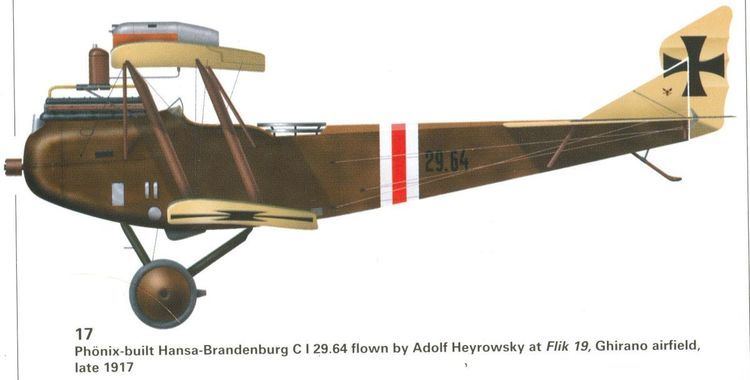
The C.I served in the Imperial and Royal Aviation Troops in visual- and photographic reconnaissance, artillery observation and light bombing duties from early spring 1916 to the end of World War I. The aircraft had good handling characteristics, and steady introduction of more powerful engines in successive production batches (see below) enabled the improvement of performance and thus the continuing front-line service.
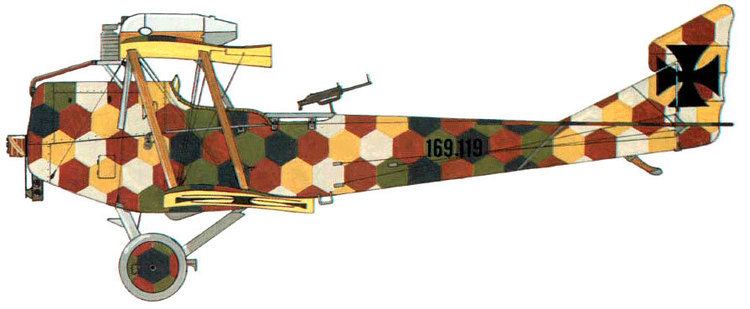
Armament of the type consisted of a free-firing 8 mm (.315 in) Schwarzlose machine gun at the rear for the observer, and at least in some aircraft for the pilot there was also a similar fixed, non-synchronised forward-firing gun in a pod above the top wing. This latter weapon was replaced in later production examples by a synchronised 8 mm (.315 in) Schwarzlose gun on the port side of the fuselage. The normal bomb load for the C.I was 60 kg (130 lb), but some aircraft could carry one 80 kg (180 lb) and two 10 kg (20 lb) bombs.
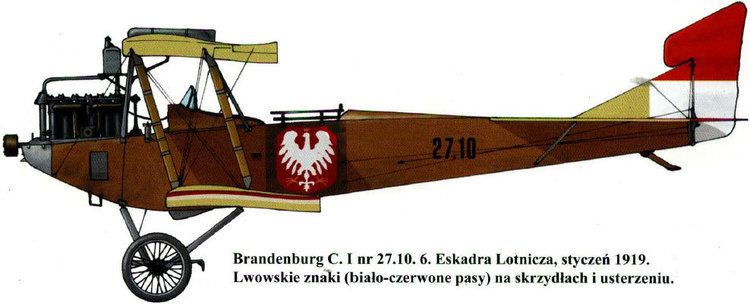
Production
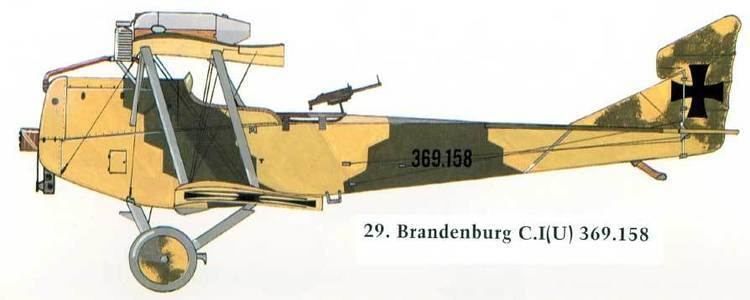
In addition to 84 aircraft built by Hansa-Brandenburg, Phönix Flugzeugwerke (400 C.I(Ph)), Ungarische Flugzeugfabrik A.G. (834 C.I(U)) and Aero (A-14, A-15, A-26) also made the type under licence in the following batches:
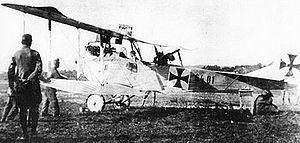
Operators
Czechoslovakia Air Force (post-war)
Specifications (Hansa-Brandenburg C.I Series 23)
General characteristics
Performance
Armament
